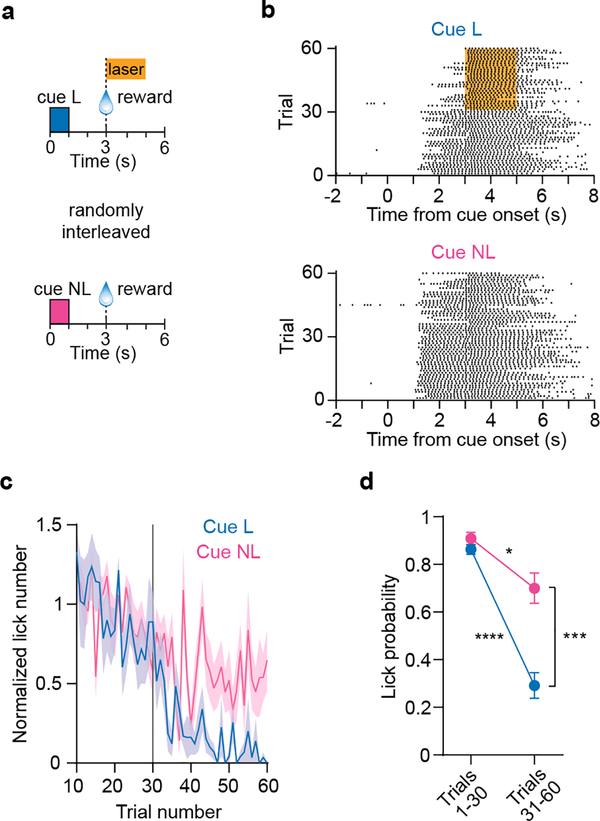Fig. 5. Post-reward DA signals control temporally specific cue-reward associations.
a. Trial structure of a dual cue-reward association task in which two distinct olfactory cues were associated with the same reward, leading to anticipatory licking in response to both cues. During optogenetic testing, well-trained animals received post-reward DA inhibition on a continuous block of trials with cue L (laser, 2 s duration on trials 31 – 60) but not cue NL (no laser). Cue L and NL trials were presented in the same session in random order.
b. Lick raster of a mouse in response to cue L and NL. Orange shaded area indicates duration of post-reward laser stimulus given after cue L.
c. Mean number of anticipatory licks per animal (n = 8 mice) as a function of trial number. Data are normalized to the mean lick count in the first trial block (trials 1 – 30). Cue L is paired with post-reward laser stimulation after trial 30 (grey line).
d. Inhibiting DA signals reduced anticipatory licking associated with cue L significantly more than cue NL (n = 8 eNpHR3.0+ mice, two-way RM ANOVA, cue effect: F1,7 = 24.6, P = 0.002, trial block effect: F1,7 = 86, P < 0.0001). Post-hoc Sidak’s test: *P = 0.032, ***P = 0.0006, ****P < 0.0001. There was no significant difference between cue L and NL licking in the first trial block (P = 0.96). Data are expressed as mean ± SEM.

